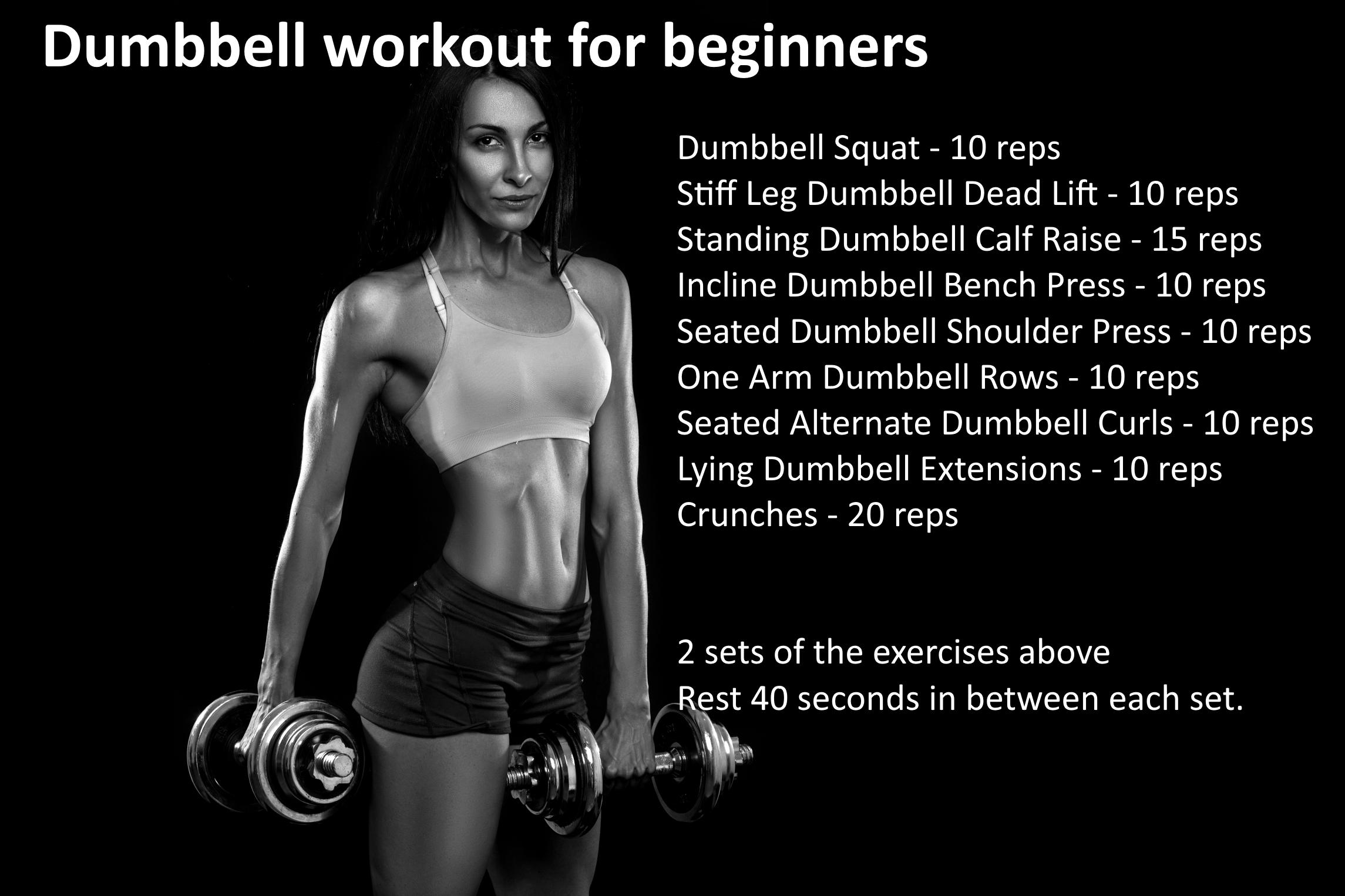Are you looking to lose weight? There are so many different weight loss programs out there – some of them just don’t make sense and make it seem impossible to lose weight. Despite it all, if you’re looking to shed some pounds, regardless of who you are, you should make sure you include Omega‐3 in your diet. In this article, we’re going to be discussing Omega‐3 and weight loss …
You probably won’t believe this, but if you want to lose weight, turning to something as small as a fish oil supplement can help you lose a couple extra pounds every month. This is nothing like the other supplements out there that usually contain caffeine and various other stimulants, because supplements that contain Omega‐3 aren’t going to make you feel nervous and jittery. Plus, you’re not going to crash a couple of hours after you take the supplements, unlike the other types of supplements currently on the market.
Overall Health Will Benefit
When you take regular weight loss supplements, you’re simply focusing on weight loss and that’s about it. However, with Omega‐3, not only will you lose weight, your overall health will benefit. Taking fish oil on a daily basis can help your heart, brain, and joints. Looking at weight loss supplements currently on the market, we cannot find any that make these type of claims. Take a look at how fish oil supplements (Omega‐3) can help you shed those unwanted pounds …
Omega‐3 Can Decrease Your Appetite
Staying full longer between meals is a good thing when you’re trying to lose weight. By taking a couple of fish oil capsules right after you eat, you could stay full for a longer period of time. Over time, this method will help you shed some pounds, without leaving you feeling hungry all the time. How does fish oil work its magic? It helps you stay full, because it releases serotonin. Serotonin is a chemical that is responsible for regulating not only your mood, but your appetite as well.
Omega‐3 Helps You Lose Fat and Build Muscle
Taking Omega‐3 on a daily basis can help you lose fat and build muscle – isn’t that good news? Simply by taking enough Omega‐3 each day, and combining this action with a healthy diet, you could get the body you’ve been dreaming of.
Makes Your Diet and Workout Program Better
When you take a fish oil supplement, it can make our diet and exercise program better. Studies have indicated that those who consumed Omega‐3 on a routine basis lost more weight than those taking a normal placebo supplement.
As you see, Omega‐3 can help you lose weight better than an actual diet supplement can. Plus, it has so many other benefits nesting behind it. With those amazing benefits, we can’t see why anyone would turn away from Omega‐3.







